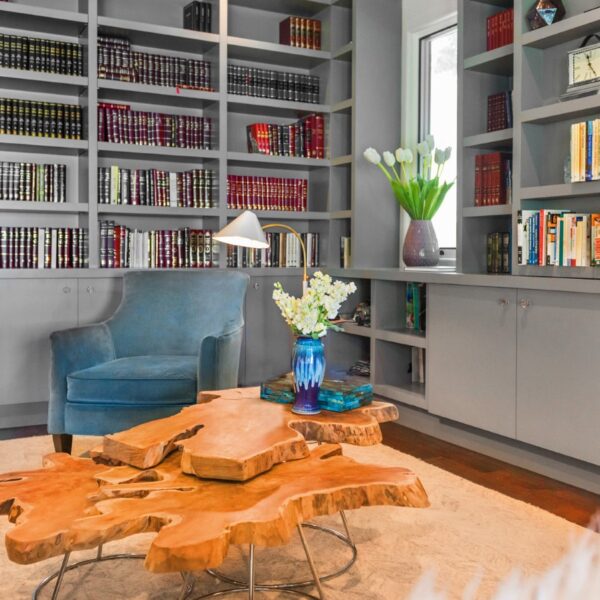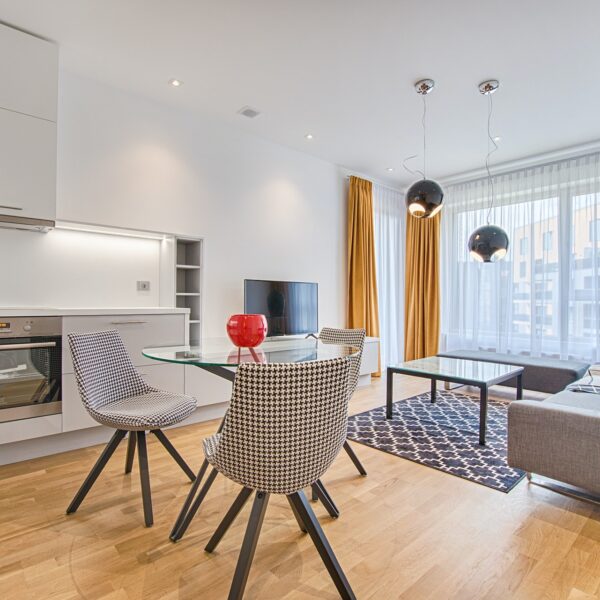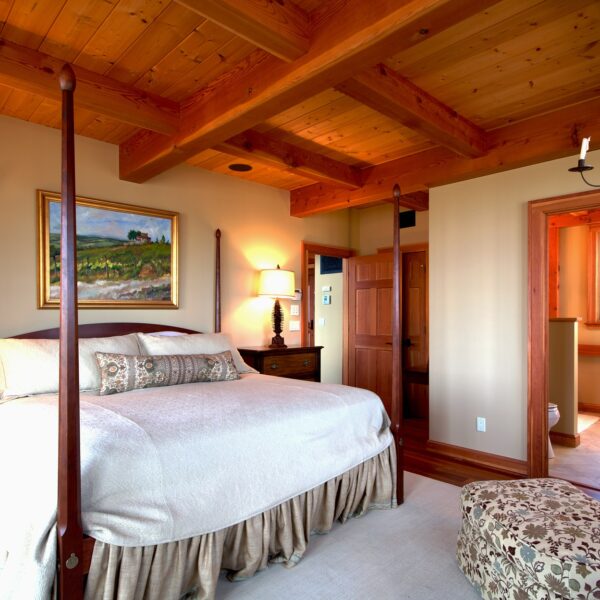In this guide, we’re going to give you some tips on making sure that your computer desk looks managed, tidy, and neat. In order to do so, there are many tricks you can use in order to achieve a feel that looks virtually cord-free. Nobody likes a messy desk, and when it comes to using many devices, the more you have, the worse the cables can clutter up your area and the greater the need for the best under desk cable management system. One of the worst culprits, believe it or not, is speakers. So how can we have a very neat desktop setup for your home or home-based office?
First Step: Map it Out
One of the first things you want to do is get a feel for where you want your cables to go. Don’t hesitate to ask yourself “How long of a cable do I need from my computer tower to my monitor?” “How long of a cord from the tower to the Power outlet?” “How long of an Ethernet Cable do I need?” and one people have problems with “What about speakers?” By getting a visual idea of what your station is to look like according to your specifications, then you already have yourself a step ahead. You want things placed neatly, but at the same time, you want to ensure that you optimize your space that you are wanting to use as well.
Don’t Put Your PC on the Floor
Most of the time, those who know what they’re doing put their personal desktop computers (or office ones) on top of their desks rather than below them. Most home users generally think “let’s tuck it away”, and they end up putting their computer below their computer. This is actually very hard on your computer because it makes cable management harder in some cases, you allow more dust to collect and cause potential damage to your system, and while it may look good because of the lack of your gigantic tower next to you, it actually looks unprofessional. Airflow is essential in helping your computer function well, and you can let that happen when you bring your computer out in the open rather than being in an open space below your desk.
Buy a Desk that Fits
Having a desk that fits where you are needing to place things is also important. You don’t want a fixed desktop (one that’s secured to the wall), usually unless you have special holes in the back to help with cord management. Sometimes it’s better for the sake of cable management to go with a traditional desk rather than a modern and sleeker, new desk without a panel on the back of it (this important piece actually helps you fasten and hide cables easier).
Use the Right Surge Protector
Get a surge protector for your computer that doesn’t get in the way of things. If you can’t fit a normal plug there, buy one that has a flat outlet plug so you can easily slide your desk back into place.
Tie Straps and Other Methods of Securing Cables
When it comes to securing your cables, some opt for the availability and luxury of “cable organizers”. This is not necessary, but it does look good, and it allows you to secure your cables. Many times, these are rubber (like a rubber band), or even Velcro. While these are useful (and easier to move and manipulate), they tend to be more costly. You can even use tie straps (keeping the excess trimmed) for a budget-friendly alternative.




Like this article? Share with your friends!